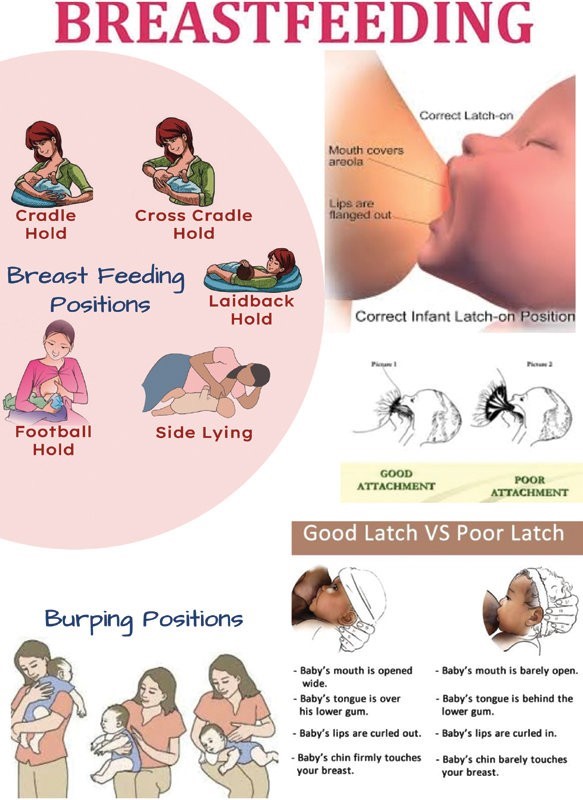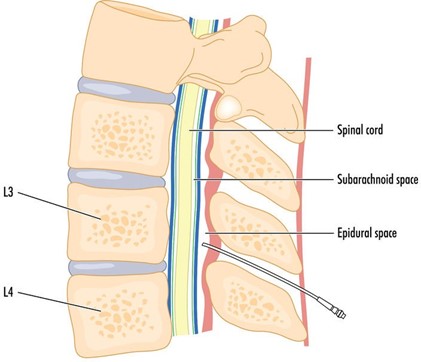A nurse is caring for a child who has terminal cancer.
Which of the following responses by the child's siblings should the nurse expect?
The adolescent brother criticizes the parents' plan to have a funeral service.
The school-age sister views death as being a type of temporary sleep.
The adolescent brother fears the terminal illness is contagious.
The school-age sister is concerned about the impact of her sibling's death on herself.
The Correct Answer is B
B. The school-age sister views death as being a type of temporary sleep:
This response aligns with developmental stages. School-age children (around ages 5-9) often have a more concrete understanding of death but may still see it as reversible or temporary, such as a long sleep. This is a normal way children in this age group might conceptualize death before they fully understand its permanence. It's common for them to express the idea that the person who has died will wake up or return in some way, as their cognitive understanding is still developing.
Nursing Test Bank
Naxlex Comprehensive Predictor Exams
Related Questions
Correct Answer is D
Explanation
When a mother states that she should have her baby latch on to both the nipple and areola during breastfeeding, it demonstrates an understanding of the correct latch technique. A proper latch involves the baby taking in not just the nipple but also a portion of the surrounding areola. This ensures effective milk transfer and helps prevent nipple soreness or damage.

"My baby should breastfeed 5 to 10 minutes on each breast": This statement is not entirely accurate. It is important to understand that breastfeeding duration can vary among infants, and there is no fixed timeframe for how long a baby should breastfeed on each breast. Some infants
may nurse for shorter periods, while others may take longer. The focus should be on ensuring that the baby is effectively nursing and getting enough milk rather than adhering strictly to a specific time limit.
"I should keep my baby on a strict feeding schedule": This statement is incorrect. Breastfeeding on demand, also known as responsive feeding, is generally recommended for newborns.
Newborns should be fed whenever they show signs of hunger, such as rooting, sucking motions, or increased alertness. Strict feeding schedules can interfere with the baby's natural feeding cues and hinder milk supply establishment.
"I should not wake my baby during the night to breastfeed": This statement is not accurate, especially for a 5-day-old newborn. Newborns typically need frequent feeding, including during the night, to meet their nutritional needs and support proper growth and development. It is generally recommended to wake a sleeping newborn every 2-3 hours during the night to ensure adequate feeding and prevent excessive weight loss.
Correct Answer is C
Explanation
Restlessness is a common sign that a client's pain is not adequately relieved. When a client experience unrelieved pain, they may find it difficult to get comfortable and may exhibit restlessness, such as frequently changing positions, fidgeting, or appearing agitated. It is important for the nurse to assess the client's pain level and address any concerns regarding pain management.
While difficulty swallowing (dysphagia), constipation, and urinary retention can be potential side effects or complications associated with spinal epidural anesthesia, they are not specific indicators of unrelieved pain. These findings may be related to the effects of the anesthesia itself or other factors, and they should still be assessed and addressed by the nurse. However, restlessness is more directly linked to the experience of pain and should be recognized as an important sign that the client's pain relief measures may need adjustment.

Whether you are a student looking to ace your exams or a practicing nurse seeking to enhance your expertise , our nursing education contents will empower you with the confidence and competence to make a difference in the lives of patients and become a respected leader in the healthcare field.
Visit Naxlex, invest in your future and unlock endless possibilities with our unparalleled nursing education contents today
Report Wrong Answer on the Current Question
Do you disagree with the answer? If yes, what is your expected answer? Explain.
Kindly be descriptive with the issue you are facing.
